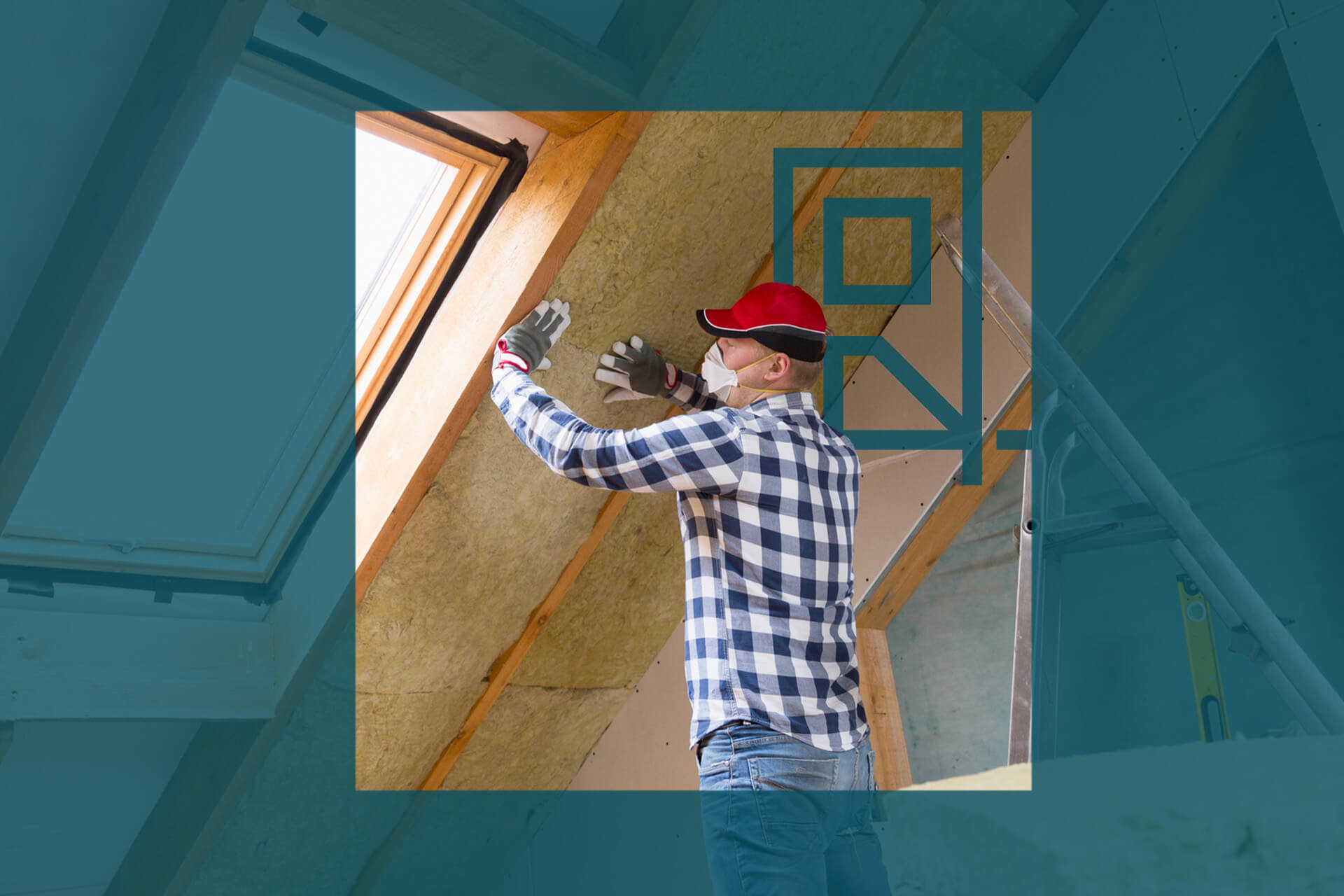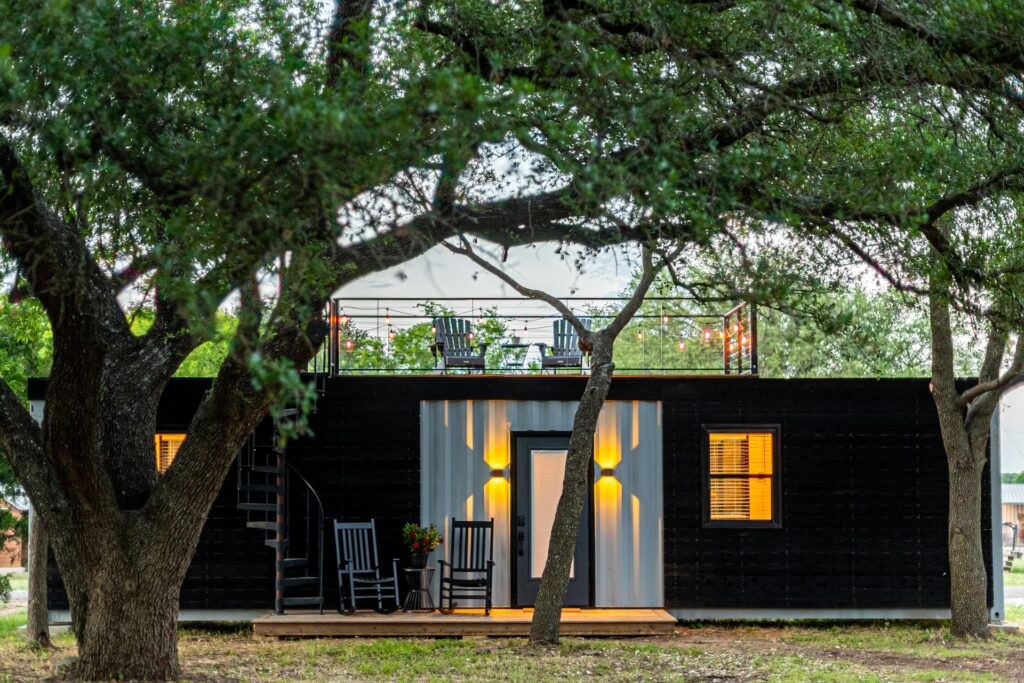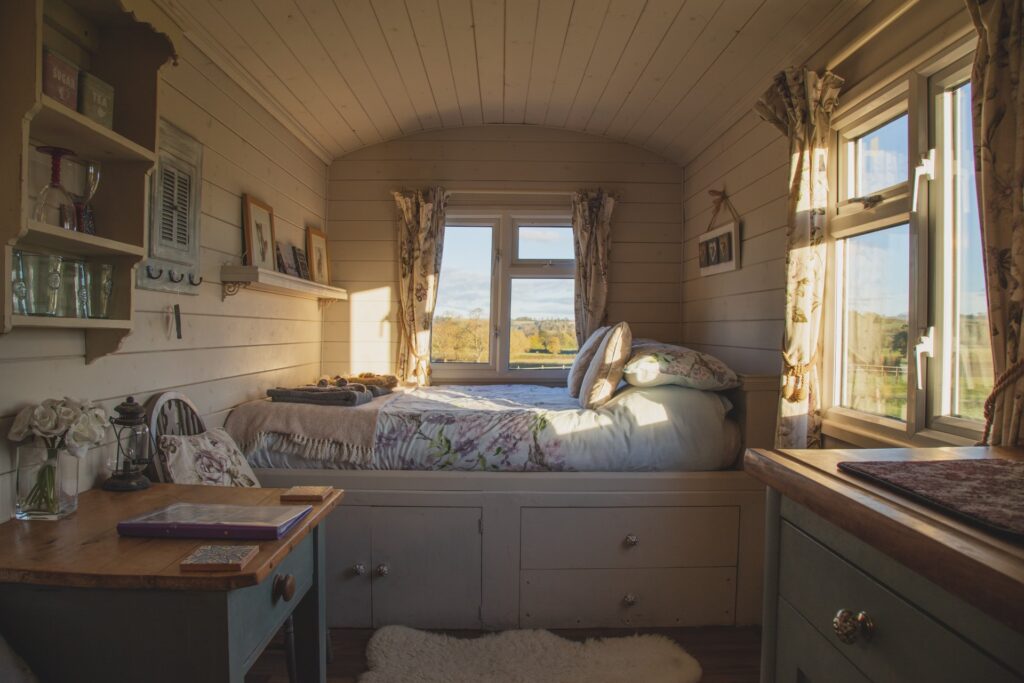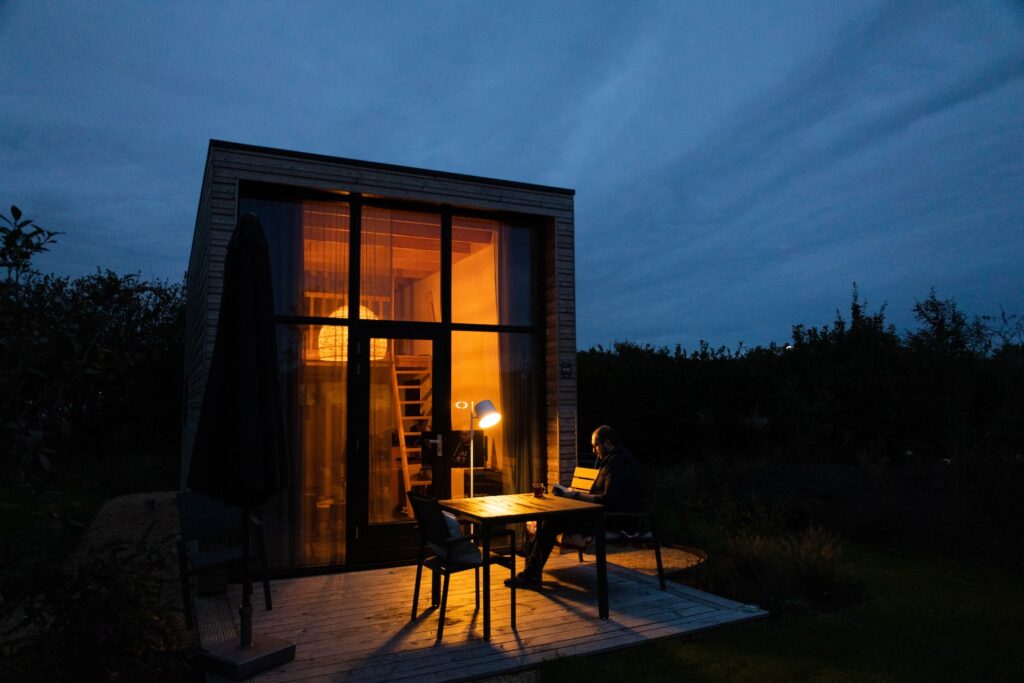
We are reader-supported. When you buy through links on our site, we may earn an affiliate commission.
Insulation is key in keeping your house at an ideal temperature. It can even prevent energy leaks, saving you money on your utility bills. Adding insulation can save you about $200 per year. When discussing insulation, the term R-value will come up. Here is everything you need to know about R-value for your home insulation.
What Is an R-Value?
The R-value is the measure of how well the material can resist heat traveling through it. More resistance can prevent cool air from escaping in the winter. Then stop warm air from entering in the summer. So, the higher the number, the better the insulation.
Factors Influencing the R-Value
The R-value will vary depending on the type of insulation, thickness, and density. For example, the thicker the material, the higher the R-value. Temperature, aging, and moisture accumulation can also play a role. If the temperature is colder, the R-value can rise. However, in warmer temperatures, the R-value can be lower.
How To Determine the Best R-Value for Your Home
There isn’t a magical number when deciding the right R-value for your home. Here are three of the main factors you want to consider.
The Climate Zone You Live In
Certain areas may need more insulation than others, depending on their weather patterns. For example, colder areas will require higher levels of insulation. To give you a better idea, the U.S. is divided into climate zones. Zone one includes Hawaii, Guam, and Puerto Rico. Suppose you live in this area and are insulating your attic you want to find a material with an R-value of 30 or 49.
It is also a good idea to have a professional perform a home energy audit. The inspection will help you identify areas in your home that need air sealing. They usually take anywhere from 30 minutes to four hours to complete.
The Area of Your Home You’re Insulating
Different types of insulation fit better for specific areas. In your attic, loose-fill fiberglass works well in tight spaces with many obstructions. It’s also a more affordable option costing around $1,000 to $2,400 to install. The Department of Energy recommends an R-value of 38 for temperate climates.
Keep in mind is the insulation material will have a different R-value than the ceiling or walls. The difference is because heat flows more readily through studs and joists. So, the lower heat resistance of the studs can lead to energy loss, known as thermal bridging. To help with this issue, insulate the frames using a material with a higher R-value.
The Type of Heating and Cooling System You Have
When insulating your pipes, you want to consider the type of heating system you have. For electric units, you want to use polyethylene or neoprene foam. If you have a gas heater, fiberglass pipe-wrap works better. You also want to look for material with a minimum R-value of three.
Best Places To Add Insulation
Once you’ve determined the proper R-value, you can start adding insulation to your house. Here are some of the common places to seal up.
1. Your Attic
Insulating your attic can create a comfortable temperature. During the summer, your attic can become overheated. It can reach up to 150 degrees if not properly ventilated. The heat can then travel to other areas in your home.
Insulation also prevents structural damage. The material can block water vapor from seeping into the walls. The slowing down of heat transfer can protect your roof shingles from cracking.
You want to insulate between the wall studs, rafters, and roof. If you have a room with standard-based beams, blanket insulation is best. It comes in batts or rolls and is easy to install. It comes in a variety of materials, such as fiberglass and mineral wool.
However, if your attic has little headroom, loose-fill insulation is better. Cellulose is a popular material for its high performance. Whichever method you choose, look for insulation with an R-value of at least R-30 to 49.
2. Your Basement
Your basement is probably one of the colder areas in your home. Adding insulation can help prevent warm air from escaping in the winter. Insulation can also help prevent mold growth. The material can even stop dust and pollutants from entering your home.
Consider using spray foam insulation for your basement. It can be a DIY project if you have some experience. The foam is applied through a can; just be sure to wear protective gear to avoid inhaling chemicals. Spray foam insulation is perfect for basements since it locks out water vapor.
Foam board insulation is another good option for proving structural stability. They are made from polystyrene or polythene material. Once you determine the best material, look for one with an R-value of at least 10.
3. Your Crawl Spaces
A crawl space is the narrow unfinished area between the ground and the first floor. Adding insulation can prevent heat from escaping through the floor. The insulation process will depend on if you have a ventilated or unventilated space. For a ventilated area, add fiberglass under the subfloor between the joists. The U.S. The Department of Energy recommends an R-value of at least nine for floors.
If your space is unventilated, it’s best to insulate the walls instead of the floor. Then you don’t need to add more insulation to the ducts and pipes. Consider installing a polythene vapor barrier over the ground for further protection.
4. Your Garage
Your garage is vulnerable to fluctuations in temperature. Without proper insulation, every time you open the door, the cold air can enter your home. If you keep valuable items inside your garage, extreme temperatures can damage them.
To insulate your space, seal all sources of air leaks. Then install an air barrier to protect the insulation under the subfloor. Consider using fiberglass material since it’s easy to use and more affordable. Try to supply an R-value of at least 13 or 15 for your walls. Make sure to also insulate your garage door with rigid foam, which has a higher R-value.
5. Your Exterior Walls
Your walls act as barriers against external conditions. Without proper insulation, your interior is vulnerable to extreme temperatures, leading to drafts. Consider using blow-in insulation. It will cause little disturbance to other areas of your home. However, if your walls will be open, use spray foam insulation instead. You want the material to have an R-value of at least 13 or 15.
During a remodeling project, it’s an excellent idea to add insulation to your walls. Also, if you need to replace your siding, add insulation at the same time.
The Different Types of Insulation
When it comes to finding the right material for your project, you have so many options. Here are some of the common types of insulation.
1. Blanket
Blanket insulation is offered in batts or rolls. Batts are pre-cut sections of insulation. Rolls are strips of insulation that are longer than batts. Both come in a variety of materials, such as fiberglass and mineral wool. You usually fit it between studs, joists, and beams. The benefits of this type of insulation are you can do it yourself, and it’s inexpensive.
2. Foam Board
These are rigid panels that come in materials, such as polystyrene and polyisocyanurate. They are used on unfinished walls or floors and ceilings. If used on internal structures, you need to cover them with a fire safety material. For outside structures, you need to use weatherproof facing. One of their main advantages is it has a high insulation value.
3. Loose-Fill
Loose-fill insulation is made up of small particles of fibers that conform to any space. The different materials include cellulose, fiberglass, and mineral wool. To apply the insulation, you blow it into place with special equipment. You can use it to insulate walls or unfinished attic floors.
Everything You Need to Know About an R-value
Insulating your home can provide many benefits, such as lower energy bills. When it comes to the actual process, there is so much to consider. Besides just the type of insulation, you also need to understand what an R-value is. So, consult this guide before your next home improvement project.










